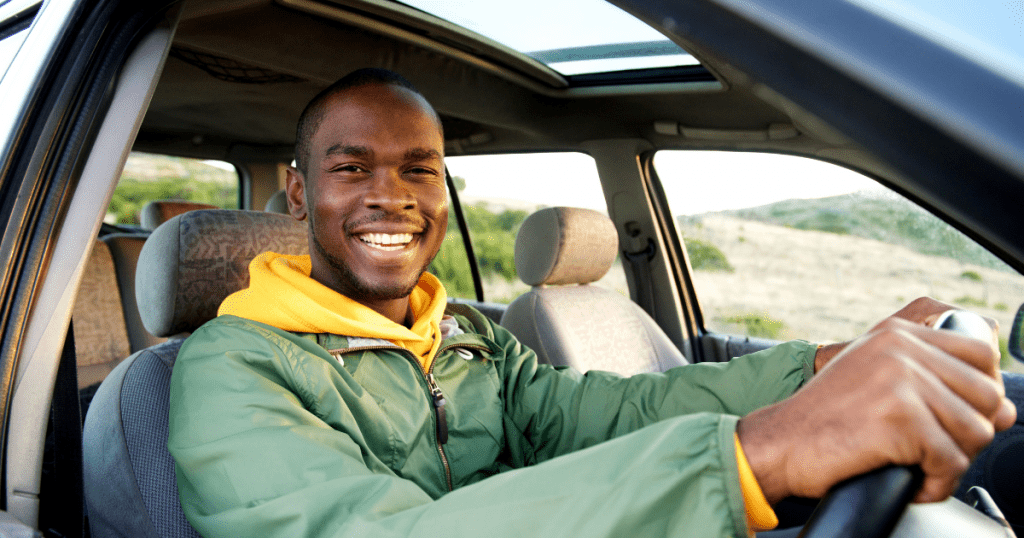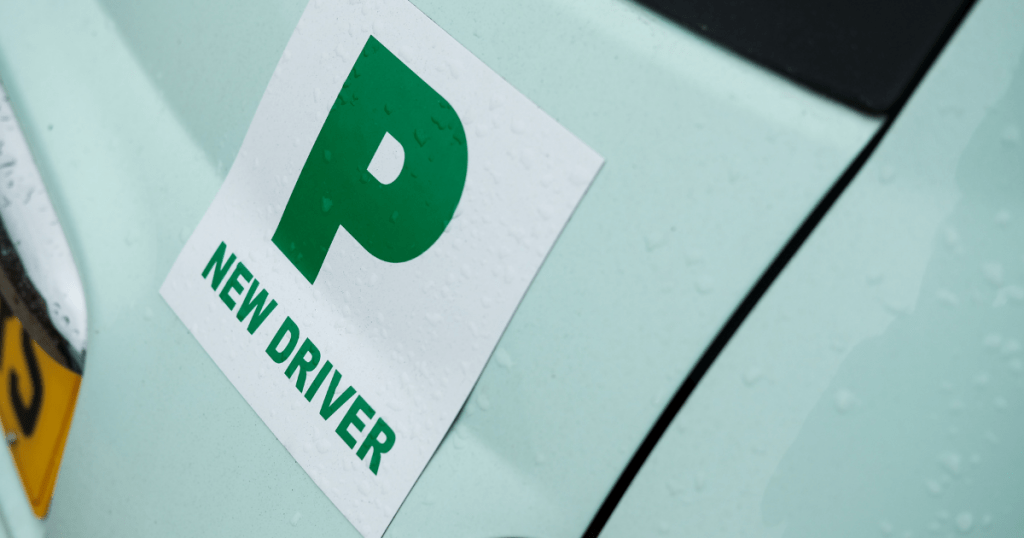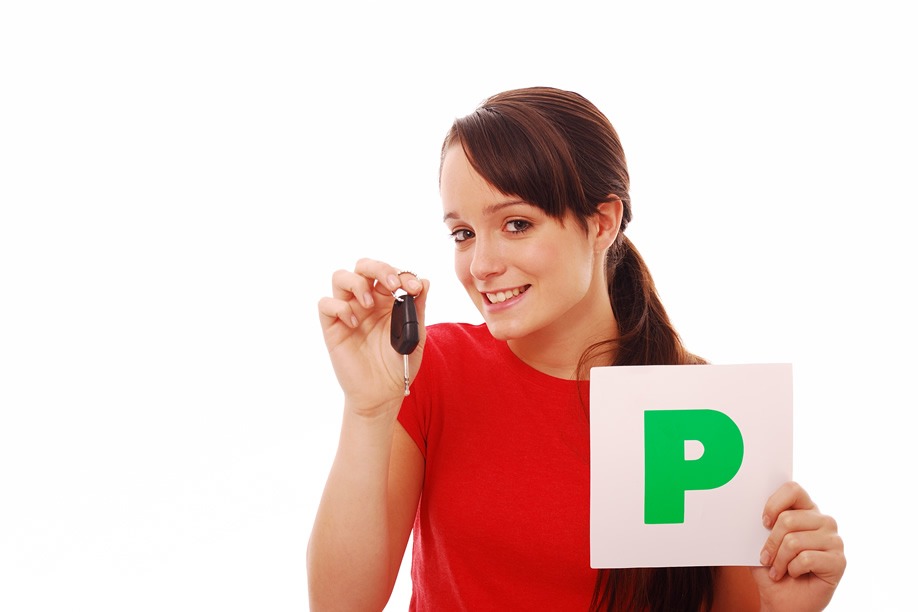Last Updated on February 20, 2025
Passing your driving test is a monumental achievement, signifying your readiness to drive independently and responsibly. This milestone not only grants you freedom but also comes with new responsibilities. While the excitement of passing is undeniable, many new drivers wonder, “What happens next?” and “Can I drive straight away?”
Understanding the next steps after passing your driving test ensures a smooth transition into independent driving. From getting insurance and taxing your car to considering P-plates and building confidence, this guide provides essential information to help you navigate life as a newly qualified driver.
What Does It Mean Once You’ve Passed Your Driving Test
Passing your driving test is a significant milestone that confirms your ability to drive safely and independently. After passing your test, you are legally allowed to drive unaccompanied on public roads.
However, the transition from learner to qualified driver comes with new responsibilities and considerations. The feedback from your examiner and instructor is invaluable, so be sure to listen to them after you pass. You must also understand the next steps, such as updating your insurance and vehicle tax, to ensure a seamless transition.

What Happens After You’ve Passed
Passing your driving test is a significant milestone that confirms your ability to drive safely and independently. After passing your test you will be a full licence holder and be able to drive unaccompanied on public roads.
However, the transition from learner to qualified driver comes with new responsibilities and considerations. The feedback from your examiner and instructor is invaluable, so be sure to listen to them after you pass. You must also understand the next steps, such as updating your insurance and vehicle tax, to ensure a seamless transition.
Listen to Your Examiner and Instructor One Last Time
Upon successfully passing your driving test, you will be handed a driving certificate as proof of your accomplishment. Despite the excitement and relief, it’s important to listen carefully to any feedback from your examiner. They will provide detailed insights into any minor faults observed during your test. Keeping these points in mind can help you improve your driving skills and maintain a high standard of driving when you begin driving independently.
Your instructor may also offer valuable advice on what to expect as a new driver and might recommend additional lessons, such as motorway driving or night-time practice, to build confidence.
Receiving Your Full Driving Licence
Once you have passed, your provisional licence will be collected by the examiner and sent to the DVLA. Your full licence should arrive within approximately three weeks.
In the meantime, your driving certificate serves as proof of your eligibility to drive. Carry this certificate with you when driving until your physical licence arrives, as it confirms that you are legally allowed to be on the road.
Thank Your Driving Instructor
Be sure to acknowledge the role of your driving instructor in your learning to drive journey. Your instructor has invested significant time and effort in helping you develop your driving skills, providing guidance, and building your confidence on the road.
A simple thank you can go a long way in expressing your gratitude for their dedication and support. If you feel your instructor did a great job, consider leaving them a review or recommending them to friends who are learning to drive. This recognition not only strengthens the professional relationship but also reflects positively on your character. Additionally, maintaining a good relationship with your instructor can be beneficial for any future driving needs or refresher lessons.

Essential Steps After Passing Your Driving Test
Cancel Your Learner Insurance
Once you have passed your driving test, your learner driver insurance policy becomes invalid. If you used your own vehicle for the test, verify that your learner insurance policy allows your instructor or another driver to drive the car home. As you will not be covered on the vehicle as a full licence holder.
It’s crucial to cancel your learner policy and arrange a full licence holder insurance policy before driving on your own. In order to make the most of passing your test you must get insurance as this is a legal requirement for being able to drive. Driving without valid insurance is illegal and can result in heavy fines or penalties.
Get Full Car Insurance
Before you can legally drive on your own, you must have full car insurance. Driving without insurance is a criminal offence and carries severe penalties, including fines and potential legal action.
Although you do not need to wait for your physical driving licence card to arrive, your driving certificate must be kept on hand as proof of your eligibility. Research and purchase a suitable insurance policy that meets your needs and budget. Many providers offer tailored policies for new drivers, which can help in finding the most cost-effective option. Ensure your chosen policy provides adequate coverage to protect you and others on the road.
Ensure Your Vehicle Is Taxed
Ensuring your vehicle is taxed is a legal requirement. If you have recently purchased a car, you need to set up road tax before driving. If you have been using your own car for lessons and the test, it should already be taxed.
Visit the gov.uk website to set up or verify your vehicle tax. Failure to pay your car tax can result in severe penalties, including your vehicle being clamped or impounded. Maintaining up-to-date vehicle tax is essential for legal and financial reasons. Regularly checking your vehicle tax status can help avoid any unintended lapses.
Consider Using P-Plates
P-plates (green ‘P’ signs) indicate that you are a newly qualified driver. While not legally required, P-plates are recommended for new drivers who have just passed their test. Displaying P-plates lets other road users that you are newly qualified and may still be gaining confidence on the road.
This can encourage more patient and considerate behaviour from other drivers, reducing stress during your initial solo drives. P-plates can be used for as long as you feel necessary to build your confidence. This added layer of communication on the road can significantly ease the transition from learner to independent driver. You can keep P-plates on your car for as long as you feel necessary to build confidence. Removing them is entirely up to you.
Your First Drive After Passing
Your first drive as a licensed driver can be both exhilarating and daunting. To ensure a safe and confident experience, choose a familiar route for your first drive.
To make it as stress-free as possible:
- Choose a familiar route
- Drive during daylight hours (if possible)
- Avoid distractions such as loud music or passengers
If you are worried about driving independently you could have your first few drives still with your supervising driver while you get the hang of things! Taking your time and driving cautiously will help build your confidence. Soon, driving alone will feel completely natural!

Building Confidence as a New Driver
Passing your test is just the beginning, however building confidence takes time. Many new drivers feel nervous about their first solo drive, motorway driving, or driving in heavy traffic.
To ease the transition:
- Start with familiar routes before venturing onto unfamiliar roads.
- Gradually introduce new challenges, such as driving at night or in different weather conditions.
- Consider booking a motorway lesson with an instructor if you’re nervous about high-speed roads.
If you are worried about driving alone, you can still have a trusted passenger accompany you for reassurance. Just ensure they don’t distract you while driving!
Understanding the New Driver Probation Period
Newly qualified drivers have a two-year probation period. If you accumulate six or more penalty points within this period, you will lose your licence.
This means you would have to retake both your theory and practical driving tests. The most common ways new drivers get penalty points include:
🚦 Speeding (often in 30mph or 40mph zones)
📵 Using a mobile phone while driving
🚗 Driving without valid insurance
Still learning? Get a Learner Insurance Quote with Collingwood
Get a learner driver insurance quote today!
Conclusion
Passing your driving test is a huge milestone, but your learning doesn’t stop there. Ensuring you have the right insurance, valid vehicle tax, and a plan to build confidence can set you up for success as a new driver.
Take things at your own pace, practice regularly, and always drive safely.
FAQs
It typically takes around three weeks for your full driving licence to arrive after passing your test.
Yes, you can drive immediately after passing your test, using your driving certificate as proof until your full licence arrives. However, you must have adequate insurance!
If you fail to tax your vehicle, it can be clamped or impounded, and you may face fines or other penalties.
P-plates are not legally required but can help to communicate that you are a new driver to other road users. This may give you some piece of mind that others know you may make some mistakes.
Contact your insurance provider to cancel your learner driver insurance policy and arrange insurance with a new driver policy.
Yes, your driving certificate acts as proof until your full licence arrives. Just make sure you have valid insurance and tax.
Pass Plus is optional but helps new drivers gain experience in areas like motorways and night driving. It can also lower insurance costs.
Only if you’re insured. Some policies cover other cars, but this isn’t automatic. Always check before driving.
New drivers face a two-year probation. Six or more penalty points mean your licence is cancelled and you’ll need to retake your test.

![Header[1] what to do after passing my test](https://www.collingwood.co.uk/blog/wp-content/uploads/2019/06/Header1-1068x561.png)







